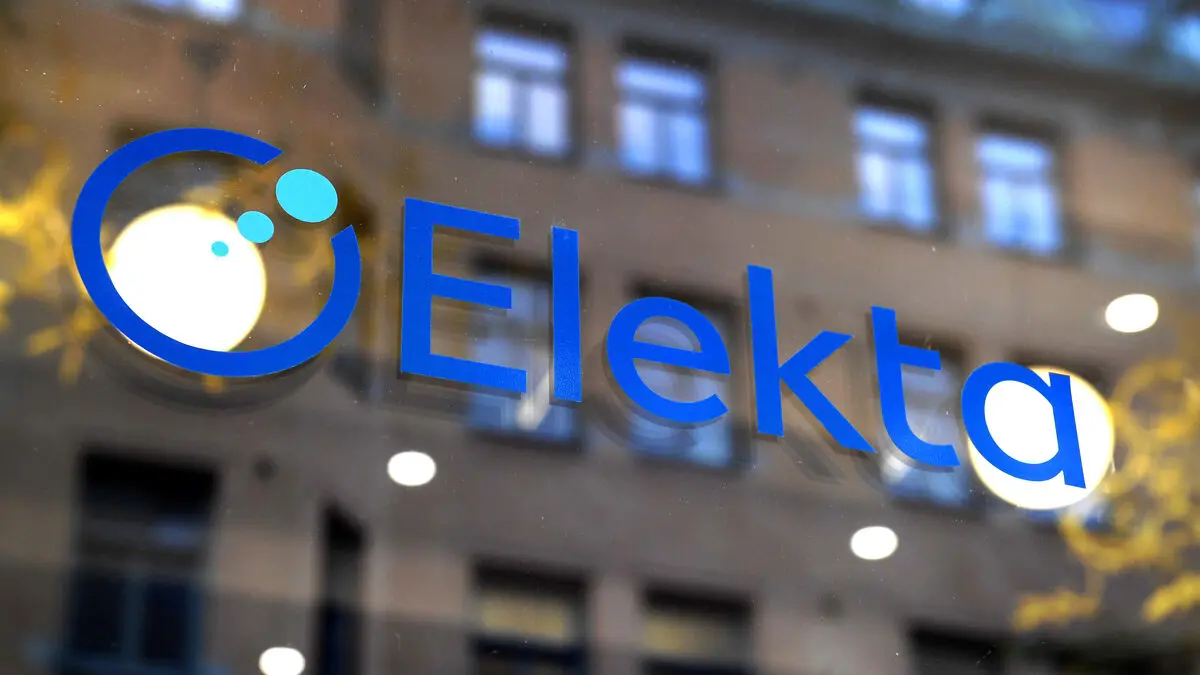H&M adapts its purchases to a new world of tariffs and trade barriers – a climate that CEO Daniel Ervér describes as "very turbulent". At the same time, a stricter cost control has begun to show in unexpectedly good margins. Changes due to the tariffs have mainly been made on the purchasing side, and there may be more in the future.
It's about the fact that what we previously produced on a certain market, we choose to produce on another market, says Ervér.
H&M reports a profit before tax of 5.3 billion kronor for the broken fiscal year's second quarter, which ended in May. This can be compared to 6.7 billion kronor during the corresponding quarter last year. Net sales during the quarter fell to 56.7 billion, compared to 59.6 billion a year earlier.
The dollar affects
The profit was in line with expectations, but sales were weaker than expected. Analysts had on average expected a profit before tax of 5.3 billion kronor on a turnover of 57.1 billion kronor during the quarter, according to a compilation of forecasts made by Bloomberg.
The result was negatively affected by external factors, including higher purchase prices due to a more expensive dollar and higher freight costs, according to the report. These factors will turn out to be positive in the second half of the year, according to Ervén. Going forward, there will be a more favorable dollar exchange rate in the goods that are purchased now and sold in the summer and autumn.
The goods that we have sold in the second quarter, we bought earlier and then the dollar was stronger, he says.
Sales measured in local currencies increased by 1 percent in the second quarter, despite 4 percent fewer stores at the end of the quarter compared to the same time last year.
Believes in physical stores
This year, H&M will open 80 new stores around the world, including in Brazil and Latin America.
We believe that the store as such is more relevant than ever. And above all, it does a very important job in the interaction with the digital store.
It's about picking up and returning online purchases or exchanging for a different size in the store.
Then we close stores where the customer base is no longer available. Among other things, we are closing Monkis stores and integrating them into Weekday, says Ervén and adds that stores are also being closed on markets where customers shop more digitally.





